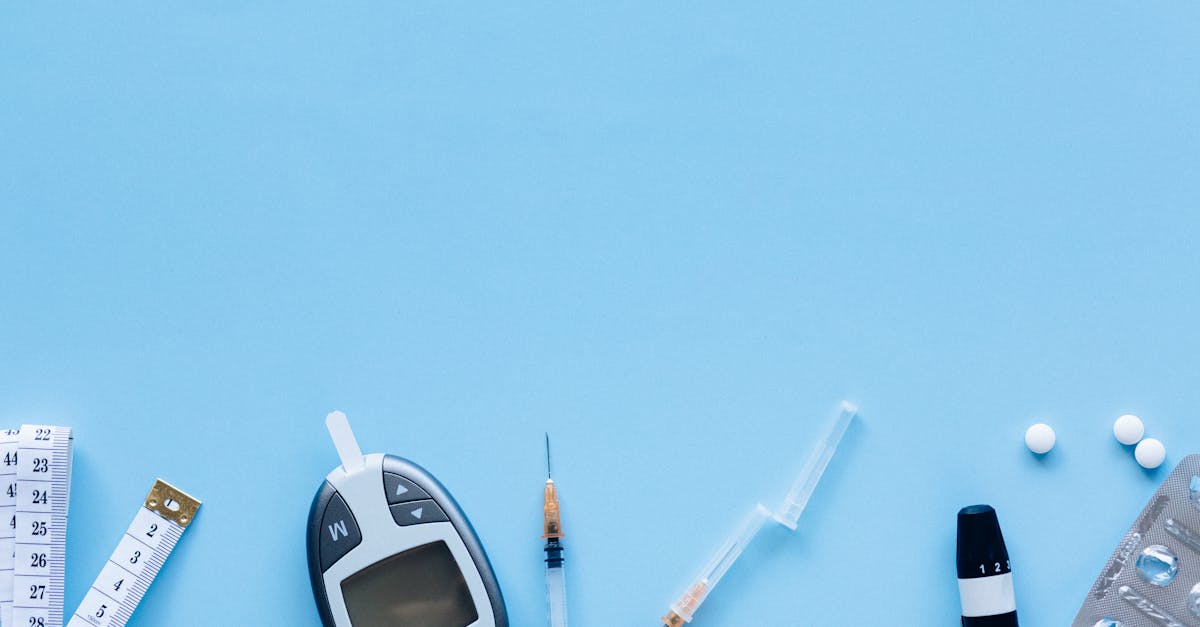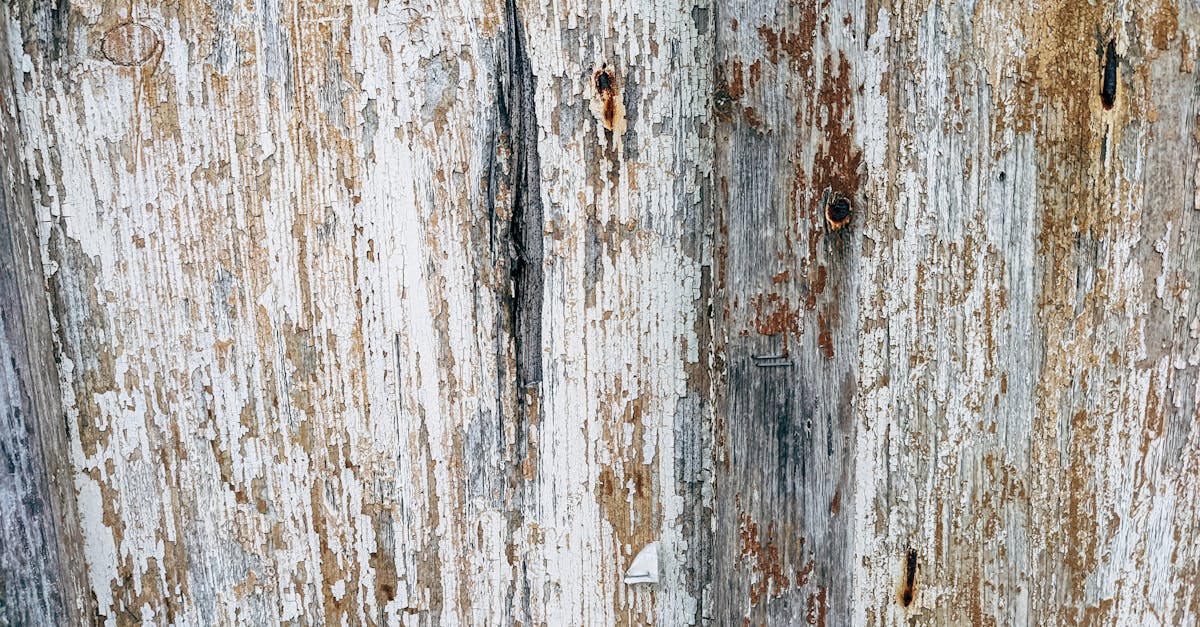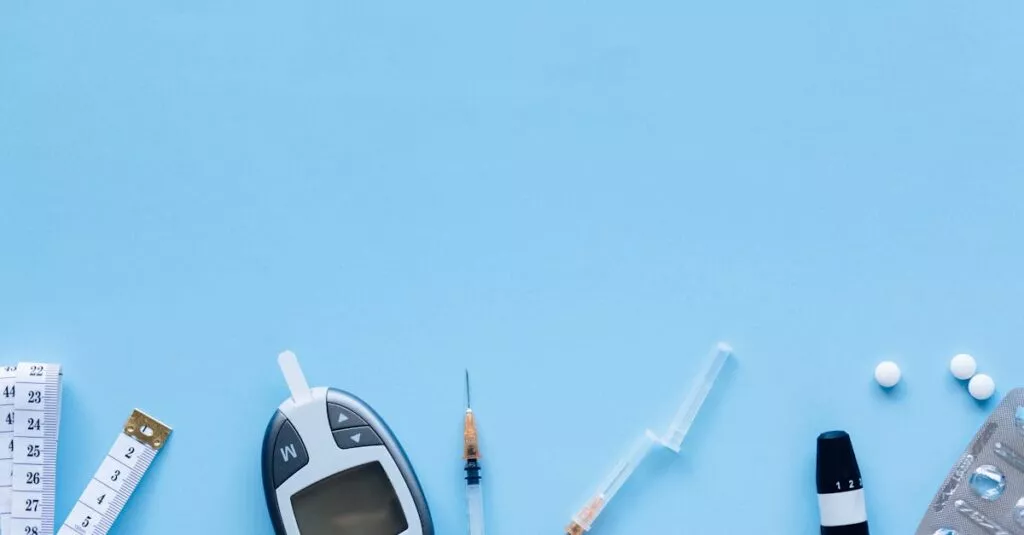Understanding Lead Poisoning
Lead poisoning is a serious risk, especially for toddlers who explore everything with their hands and mouths. Small amounts of lead can cause significant health issues, affecting brain development and overall growth. While it may sound alarming, taking proactive steps can make your home a safer place. Awareness is the first step to prevention. By understanding the dangers of lead poisoning, parents can implement preventative measures to keep their toddlers safe.

Lead poisoning poses a particular threat to young children due to their frequent hand-to-mouth activities. As a parent, it is crucial to be vigilant about potential sources of lead in and around your home. Common sources include old paint, contaminated soil, and certain toys. Regularly cleaning toys and frequently washing your child’s hands can reduce the risk of exposure.
Identifying Lead Sources at Home
Lead lurks in many places around the house. Old paint, especially in homes built before 1978, is a major culprit. Also, soil, dust, and even certain toys and household items can contain lead. So, take a comprehensive look at your environment. Regularly inspect your home and get professional lead testing done if you suspect presence. Knowledge is power, and knowing where lead is hiding will help you tackle it effectively.

Effective Cleaning Habits
Cleaning is essential in preventing lead poisoning. Wet mopping floors and wiping surfaces regularly can significantly reduce lead dust. Avoid dry sweeping as it can spread lead particles around. Be diligent about cleaning areas your toddler frequents. Their favorite play areas and eating spots need special attention. These small efforts go a long way in maintaining a safer, lead-free home for your little one.

Maintaining a Lead-Safe Home Environment
Keep your home in good condition by regularly checking and maintaining areas prone to wear and tear. Peeling paint and crumbling plaster can release lead dust. Ensure that any home renovation you’re undertaking follows safety protocols to avoid spreading lead particles. Encourage a no-shoes policy inside to minimize soil lead contaminations. These practices create a safer environment for your toddler to grow and thrive.

Providing a lead-safe environment in your home is crucial for the well-being of your family. By taking simple preventive measures, you can significantly reduce the risk of lead exposure.
Healthy Nutrition to Combat Lead Exposure
Diet plays a crucial role in fighting lead exposure. Foods rich in calcium, iron, and vitamin C can help reduce lead absorption in the body. Prepare balanced meals for your toddler, including milk, leafy greens, lean meats, and citrus fruits. Good nutrition supports overall health and mitigates the risks associated with lead. It’s an added layer of defense that’s simple yet powerful.

Emotionally Supporting Parents
Parenting in a lead-conscious home can be stressful. You’re juggling safety, everyday chores, and endless worry about your tiny adventurer getting exposed. Acknowledge that you’re doing your best and seek out communities or online groups for support. Sharing your concerns and tips with others can provide tremendous emotional relief. We’re all in this parenting journey together!

